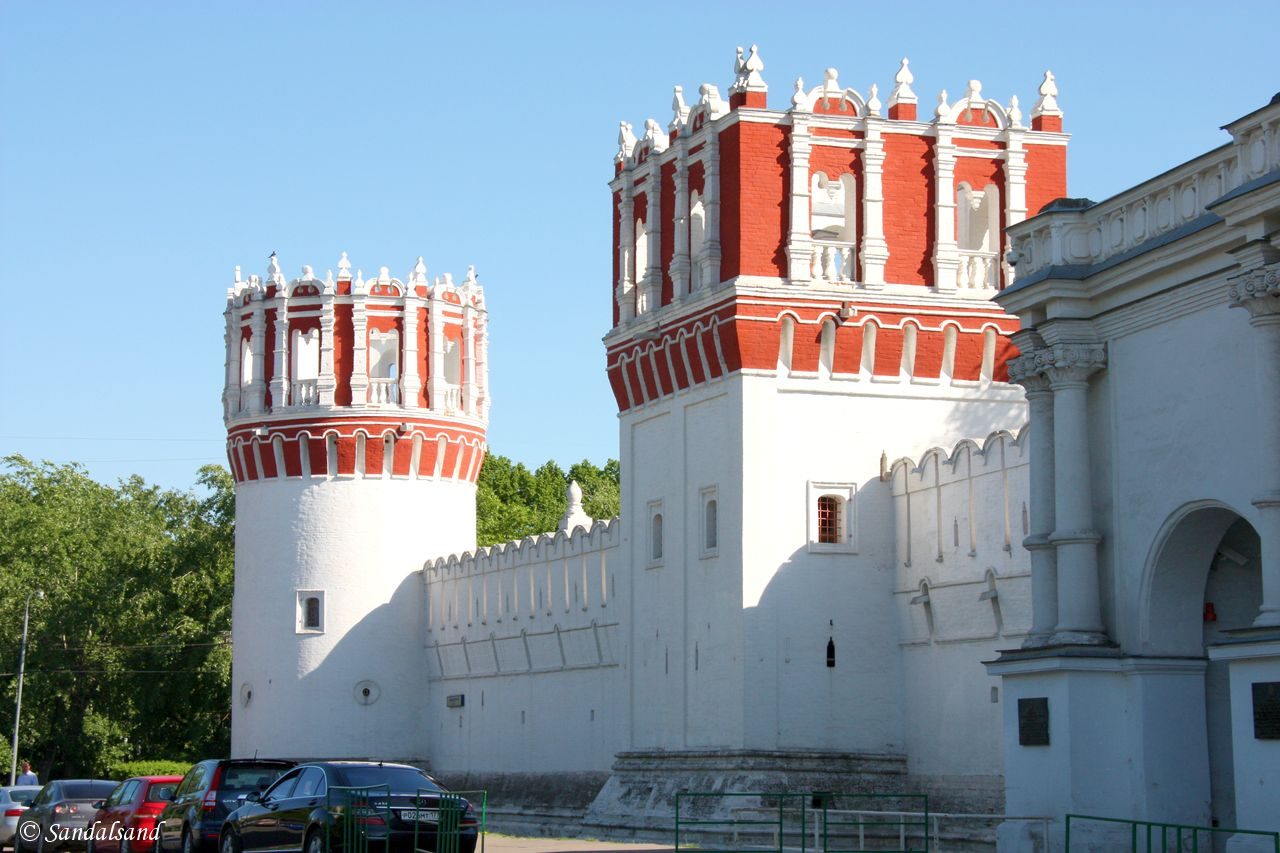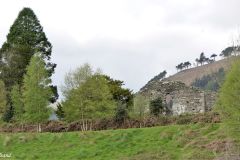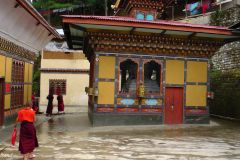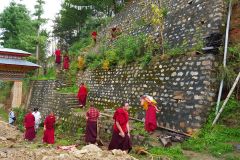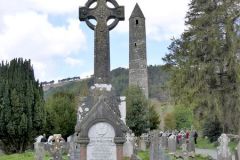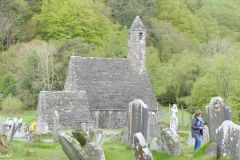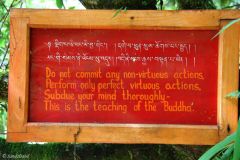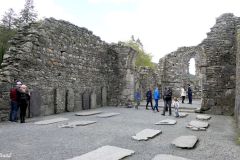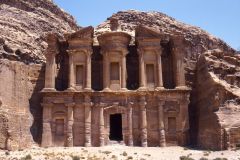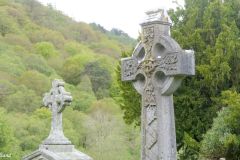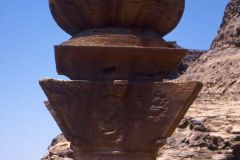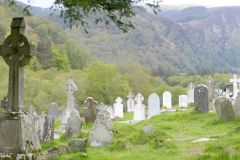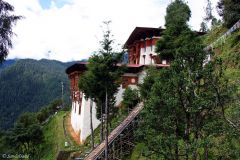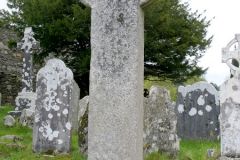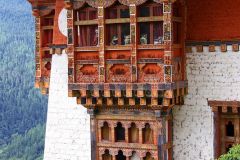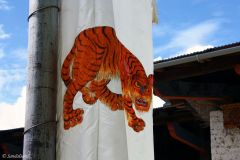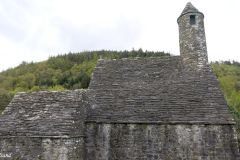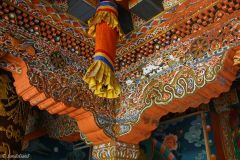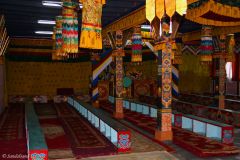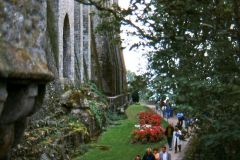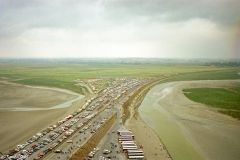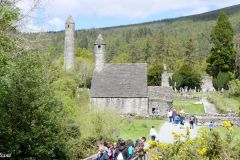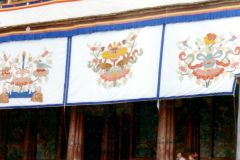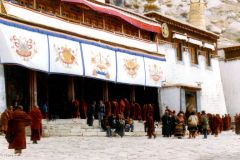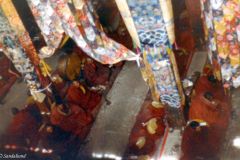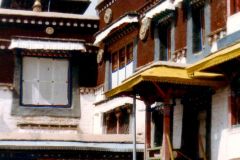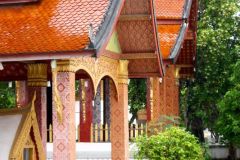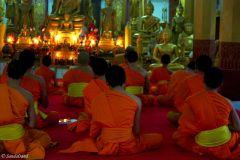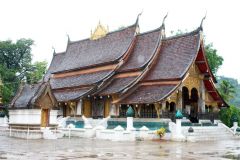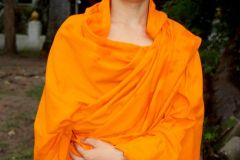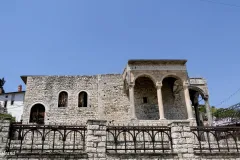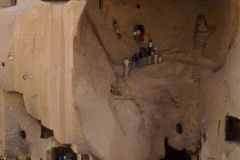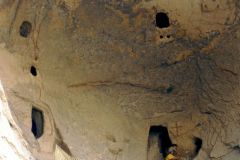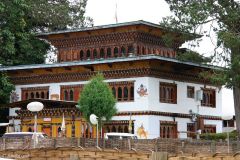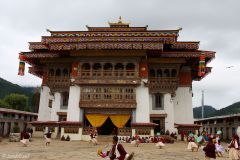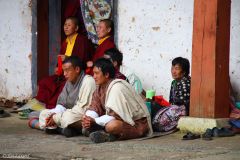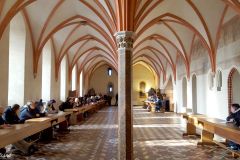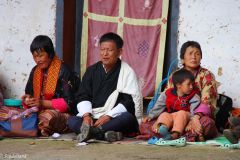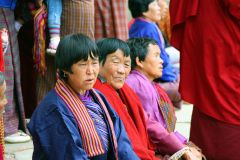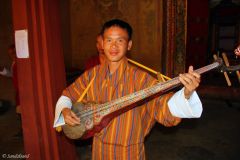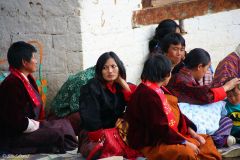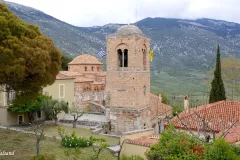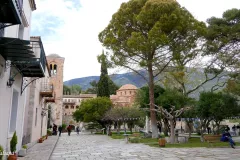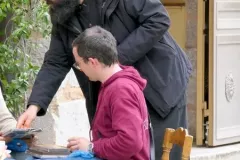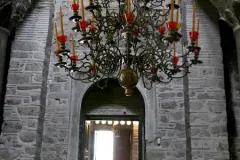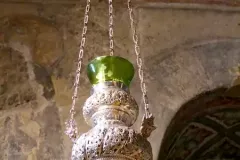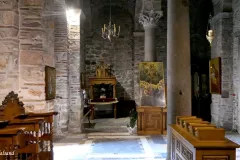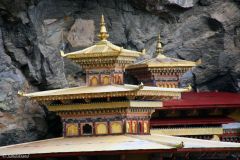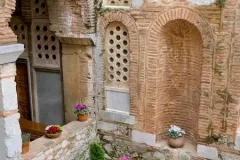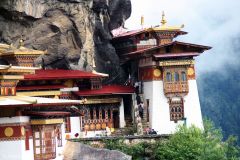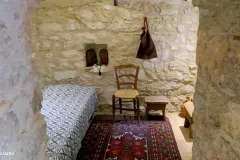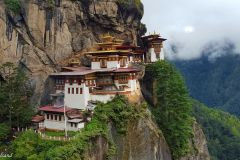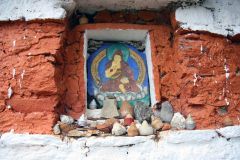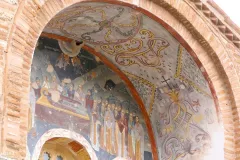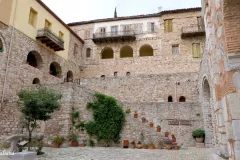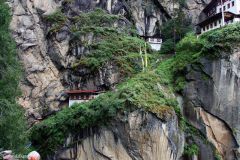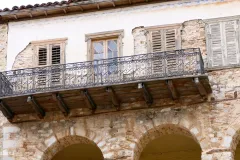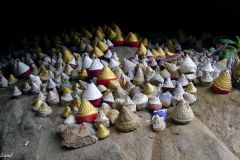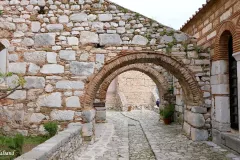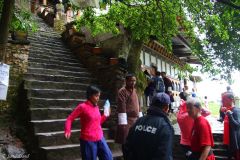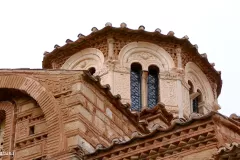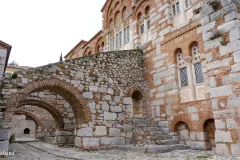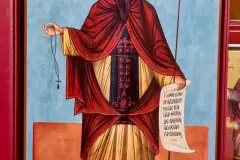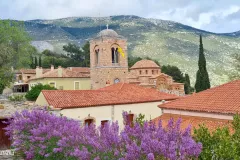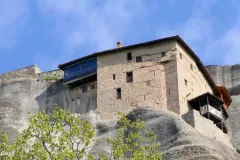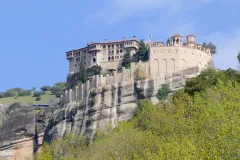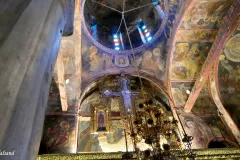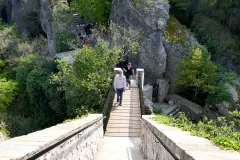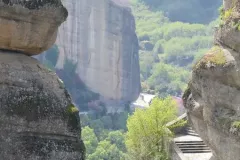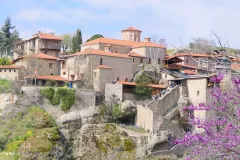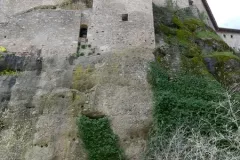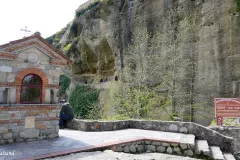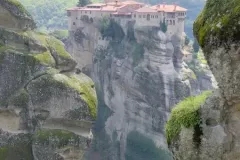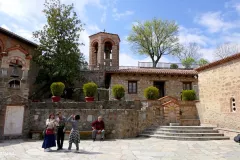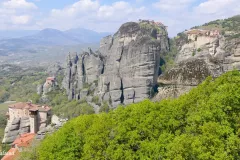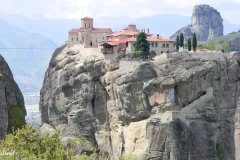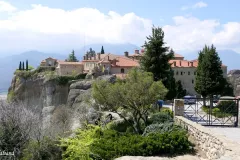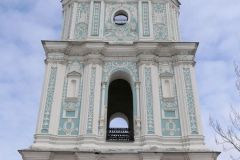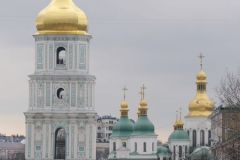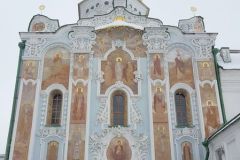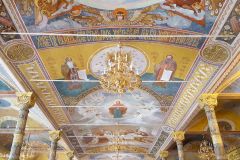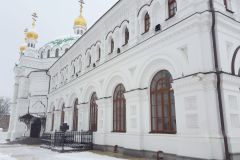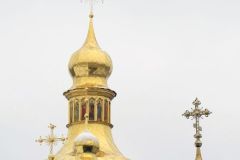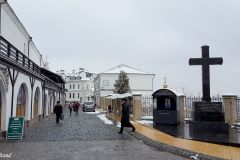In this serious of religious buildings we have to come to monasteries and educational institutions. They belong to different religions.
In most religions some members have always been more special than others. On the span between priests and lay members of the religion, we encounter a group of “professional” worshippers: monks and nuns. Their usual habitation would be a monastery.
Introduction
We have the historically significant fact that very much education has been supplied by religious institutions. Students were taught to read and write by clergymen and -women. At the same time the sharing and development of knowledge was also kept in check by these institutions, if not deliberately hidden against better judgement.
This applies at least to Islam and Christianity, where new knowledge sometimes was perceived with scepticism or hostility if it was deemed contrary to current doctrines. These two large religions separate in the view of monasteries: Islam actually prohibits monasticism. On the other hand Islam has been very active in promoting schools – madrassas – sometimes with more subjects studied than the Islamic religion.
This article is part of a series of articles about religious buildings, introduced here.
(The featured image above is from the World Heritage Site of Ensemble of the Novodevichy Convent in Moscow, Russia.)
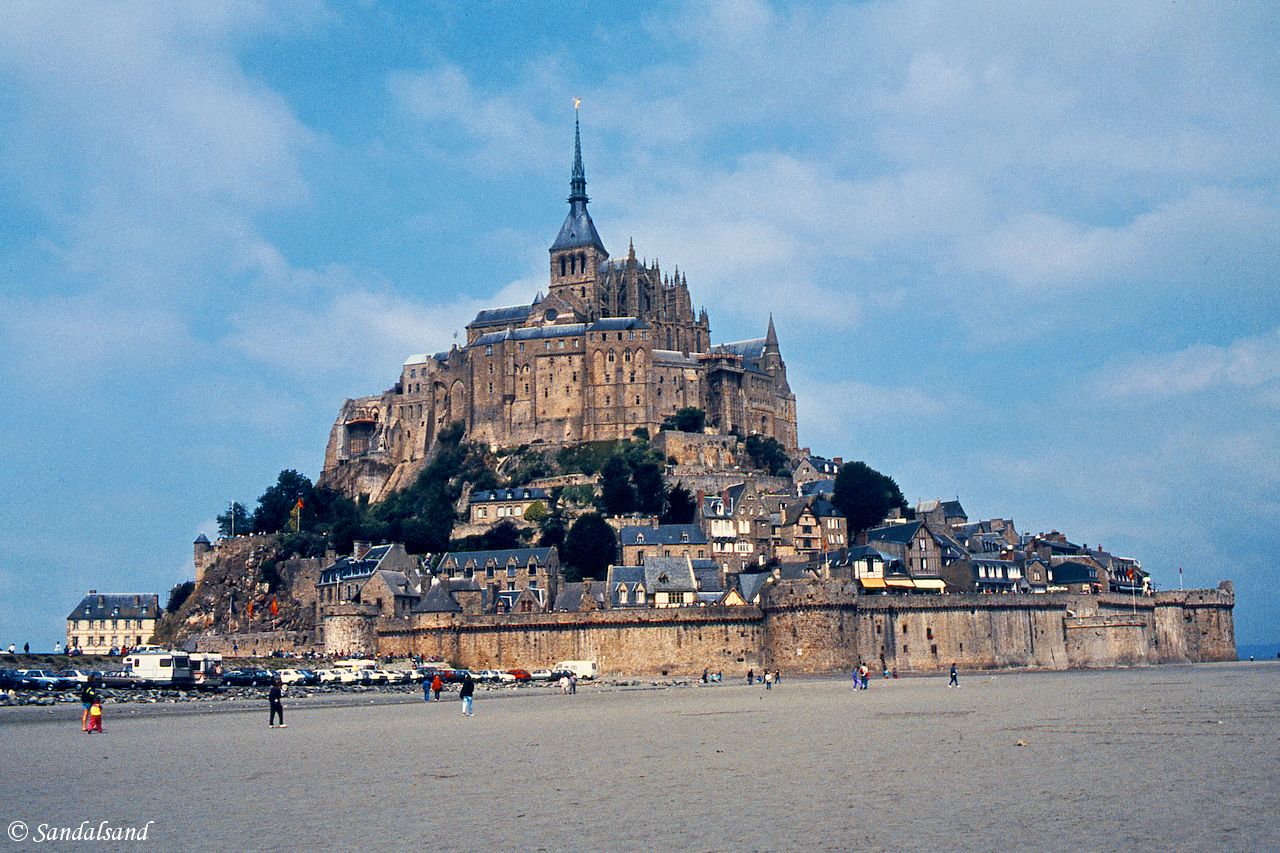
What’s a monastery?
A word on terms: Monasteries are inhabited by monks, whereas the parallel system for nuns generally are called convents. Historically a convent denotes a house for friars (men). I am using the term monastery as a general term.
Monastic life is most often described as belonging to Buddhism and Christianity, but it is also found in Hinduism.
Wikipedia puts it this way: “There has been a long tradition of Christian monasteries providing hospitable, charitable and hospital services. Monasteries has often been associated with the provision of education and the encouragement of scholarship and research, which has led to the establishment of schools and colleges and the association with universities. Christian monastic life has adapted to modern society by offering computer services, accounting services and management as well as modern hospital and educational administration.”
In my knowledge such activities are rarer in Buddhist monasteries. They are more concerned about personal meditation and studies of holy scriptures than performing charitable community work. Indeed, in the Bagan area of Myanmar, I was invited into an underground cave monastery. Here, in total darkness, monks would come and meditate for days at a time. The picture below was taken with the use of flash when the place of meditation was guaranteed empty.
Buddhist monasteries
It is fascinating when Buddhist monks, and nuns, emerge early in the morning in their long robes to collect their food rations. Old and young will form a long line and walk streetwise until their bowls have been filled.
Buddhist monasteries thrive very well in Myanmar. It was easy to tell during my latest visit (2013) to a Buddhist country. A couple of years ago I would notice that one of the most important monasteries in Mongolia, the Gandantegchinleng Khiid in Ulaanbaatar and been restored. The Communist leadership had years ago destroyed most temples and monasteries, but they are now slowly coming to life.
Such destruction have not befallen the beautiful temples and monasteries of Luang Prabang, Laos. Here I met a young man who had behind him a few years as monk, and was facing a few more years. He had at the monastery, become quite good at English. He was eagerly planning to enter a university in due time. The young monk needed a scholarship to accomplish his dream. Monasteries are, in Southeast Asia, a way out of poverty for the impoverished. A good Buddhist should spend at least some years as a monk, during their lifetime. (Or should I say, this lifetime.)
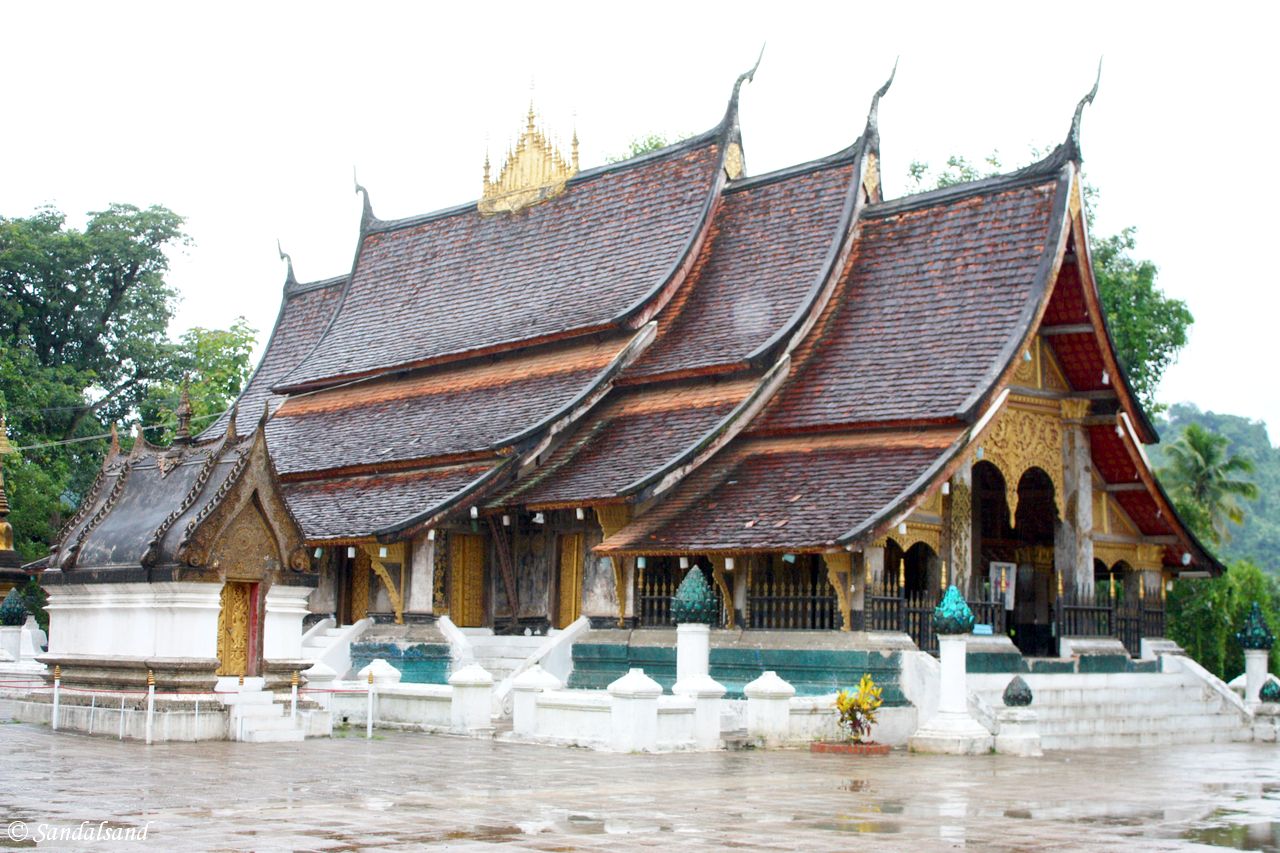
Many years ago, I witnessed the prayers at the Lama monasteries of Sera and Drepung in Tibet. It was an extremely thrilling experience, however I managed to sneak this picture.
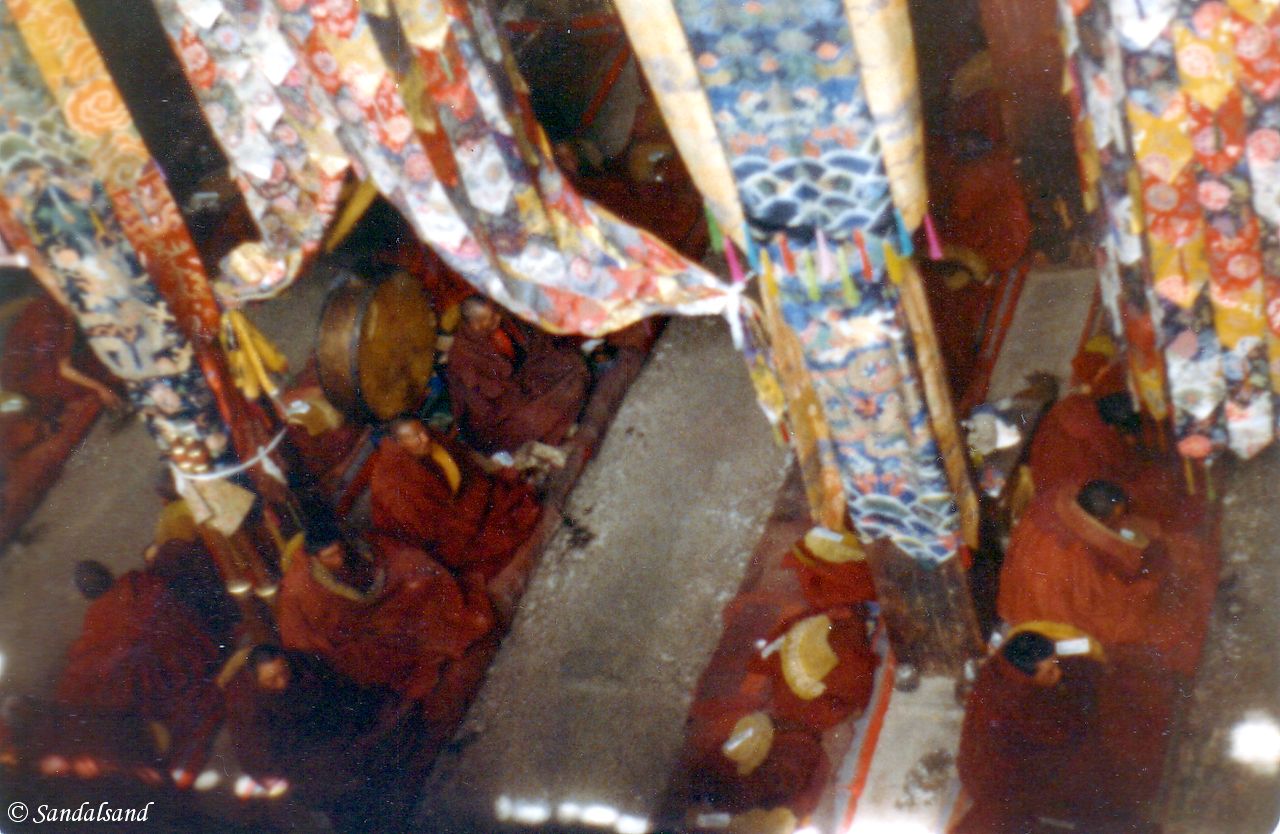
Christian monasteries
Obviously, any article about monasteries and educational institutions will have to include Christianity.
The World Heritage List contains quite a few notable Christian monasteries. The Mont St Michel in France is pictured above. In Portugal there are three important ones, Jeronimos, Alcobaca and Batalha. These monasteries are fantastic sites to visit. The cloister gardens and surrounding hallways are tranquil and wonderful.
The “Last supper” by Leonardo da Vinci is painted on the wall of the former Convent of Santa Maria delle Grazie in Milan, Italy. Imagine having such a masterpiece in the room where you are having your lunch!
Cordoba in southern Spain was a full university at the time of the Moors, the Muslim invaders. By the 10th century it is estimated it was the most populous town in the world, and had become an important university town hosting several medical schools, libraries and making advances in mathematics and astronomy. The tolerant atmosphere with regards to knowledge declined rapidly after the so-called “reconquista”. However, the Inquisition turned this lovely palace into torture cells.
Read more
Articles about religious buildings:
(1) Introduction
Theme I, Places of worship (chapters 2-6) Read the first
II, Monasteries and educational institutions (chapter 7) Read
III, Housing for the deity itself or its premier representatives (chapter 8) Read
IV, After death (chapters 9-12) Read the first
Click to enlarge the following images tagged “monastery”:

